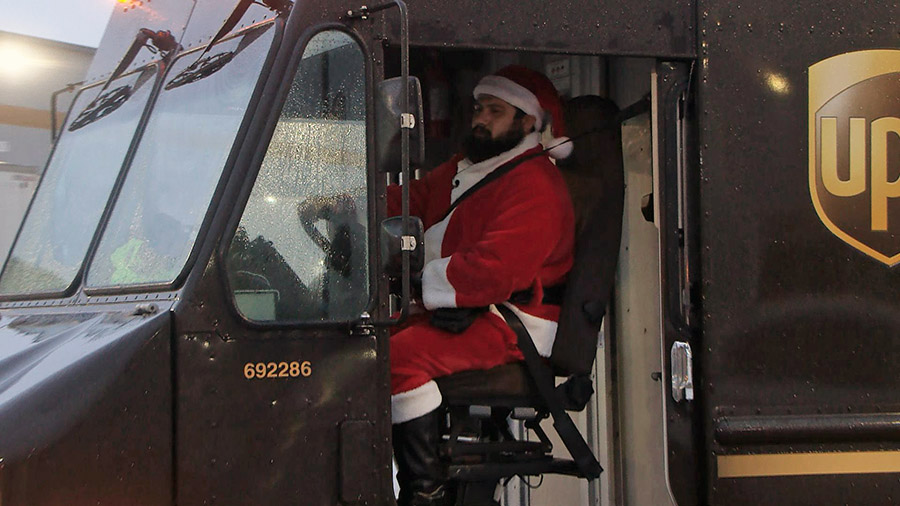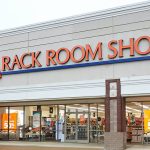Online spending in the U.S. during the 2023 holiday season climbed 4.9 percent to $222.1 billion in November and December, according to Adobe Analytics. Growth was reportedly driven by sizeable discounts across electronics, toys and apparel, as well as increased usage of the flexible ‘Buy Now Pay Later’ payment option.
Mobile shopping also reached a new milestone during the holiday season, surpassing desktop for the first time and driving 51.1 percent of online sales.
According to Adobe, “over 85 percent of the Top 100 internet retailers in the U.S. use Adobe Analytics.” Adobe’s findings are based on its analysis of over one trillion visits to U.S. retail sites, 100 million SKUs and 18 product categories.
A total of $123.5 billion was spent online in November (up 6 percent year-over-year (YoY)), bolstered by a strong Cyber Week—the five days between Thanksgiving and Cyber Monday—which drove $38 billion in spend online (up 7.8 percent YoY).
In December, consumers spent $98.6 billion online (up 3.7 percent YoY), partly driven by discounts that lingered past Cyber Monday.
Across major e-commerce categories, discounts hit record highs during the holiday shopping period, with deals in electronics, where discounts peaked at 31 percent off the list price (vs. 25 percent in 2022), as well as toys at 28 percent (vs. 34 percent) and apparel at 24 percent (vs. 19 percent).
Discounts were sizeable across other categories, including computers at 24 percent (vs. 20 percent), televisions at 23 percent (vs. 17 percent), appliances at 18 percent (vs. 16 percent), sporting goods at 18 percent (vs. 10 percent), and furniture at 21 percent (vs. 8 percent).
Adobe said that while consumers showed a strong appetite to shop online, many gave themselves greater flexibility with their budgets.
The ‘Buy Now Pay Later’ (BNPL) usage during the holiday shopping period hit an all-time high, contributing $16.6 billion in online spend, up 14 percent YoY and $2.1 billion more than during the same period in 2022. November was the biggest month on record for BNPL ($9.2 billion, up 17.5 percent YoY), and Cyber Monday was the biggest day on record ($940 million, up 42.5 percent YoY).
BNPL saw strong traction leading up to the holiday season, too. Year-to-date (January 1 to December 31), the payment method drove $75 billion in online spend, up 14.3 percent YoY and $9.4 billion more than in 2022.
“In an uncertain demand environment, retailers leaned on discounting and flexible payment methods to entice shoppers this holiday season,” said Vivek Pandya, lead analyst at Adobe Digital Insights. “The strategy was effective, driving record spend online during big days like Cyber Monday and Black Friday, and a record 11 days that surpassed $4 billion in daily spend this season.”
Electronics, apparel, furniture, groceries and toys drive e-commerce growth
Of the $222.1 billion spent online during the 2023 holiday season, over one-half (65 percent) was driven by five categories: electronics ($50.8 billion), apparel ($41.5 billion), furniture ($27.3 billion), groceries ($19.1 billion) and toys ($7.7 billion). These categories have become key growth drivers in the digital economy.
In the electronics category, top sellers included TVs, smart speakers, tablets, Bluetooth headphones, and smartwatches. In apparel, pajamas, sneakers, and cold weather clothing (fleeces, sweatshirts, base layers) were top sellers. Barstools, throw pillows, and Christmas décor were popular in the furniture and home category.
Top toys this season included Barbie products, Disney Little People, Uno Show No Mercy, KidKraft Playsets, and Squishmallows. In video games, Super Mario Bros. Wonder, Spiderman 2, and Call of Duty: Modern Warfare III were hot sellers, and the Nintendo Switch, PlayStation 5, and Xbox Series X were top gaming consoles.
Other hot sellers during the holiday shopping period included skin care serums and moisturizers, cordless and robotic vacuums, and small kitchen appliances (coffee makers, air fryers, instant pots).
Additional Insights from Adobe Analytics for online spending in the U.S. during the 2023 holiday season:
- Mobile shopping overtook desktop: Mobile hit a new milestone, with 51.1 percent of online sales coming from smartphones (up from 47 percent in 2022). Mobile shopping was highest on December 25, driving 63 percent of online sales (61 percent in 2022). Mobile growth has made this a key channel for retailers.
- Curbside pickup continues in popularity: The fulfillment method was used in 18.4 percent of online orders for retailers that offer the service (21 percent in 2022). With roughly 1 in every 5 orders online using curbside pickup, consumers have shown that this fulfillment method continues to provide value, especially for shoppers who value speed and convenience. Curbside pickup peaked from December 22 to December 23, driving 36.8 percent of online orders this holiday shopping season.
- Retailer’s marketing investments: Across major marketing channels, paid search remained retailers’ biggest sales driver (29.4 percent of online sales attributable to that channel). Direct web visits (19.3 percent), affiliates/partners (16.6 percent), organic search (15.9 percent), and email (15.3 percent) were also big contributors. Revenue directly attributable to social media remained at less than 5 percent of total sales, but that share grew 5 percent YoY during the 2023 holiday shopping season.
Impact of inflation
Net-new demand instead of higher prices drove consumer spending during the 2023 holiday shopping season. The Adobe Digital Price Index, which tracks online prices across 18 product categories (complements the BLS’ Consumer Price Index, which also includes prices for offline-only products and services, including gas and rent), shows that e-commerce prices have fallen for over a year (down 5.3 percent YoY in December 2023).
Adobe does not adjust numbers for inflation, but if it were to factor in online inflation, there would be a higher growth in topline consumer spend.
Image courtesy WAVE
















